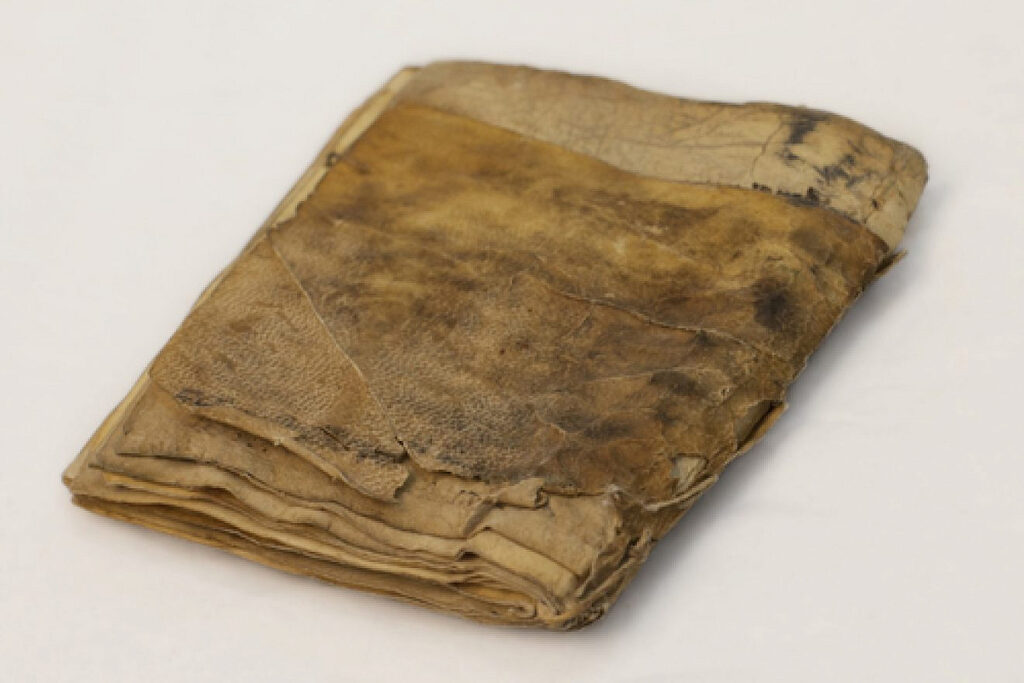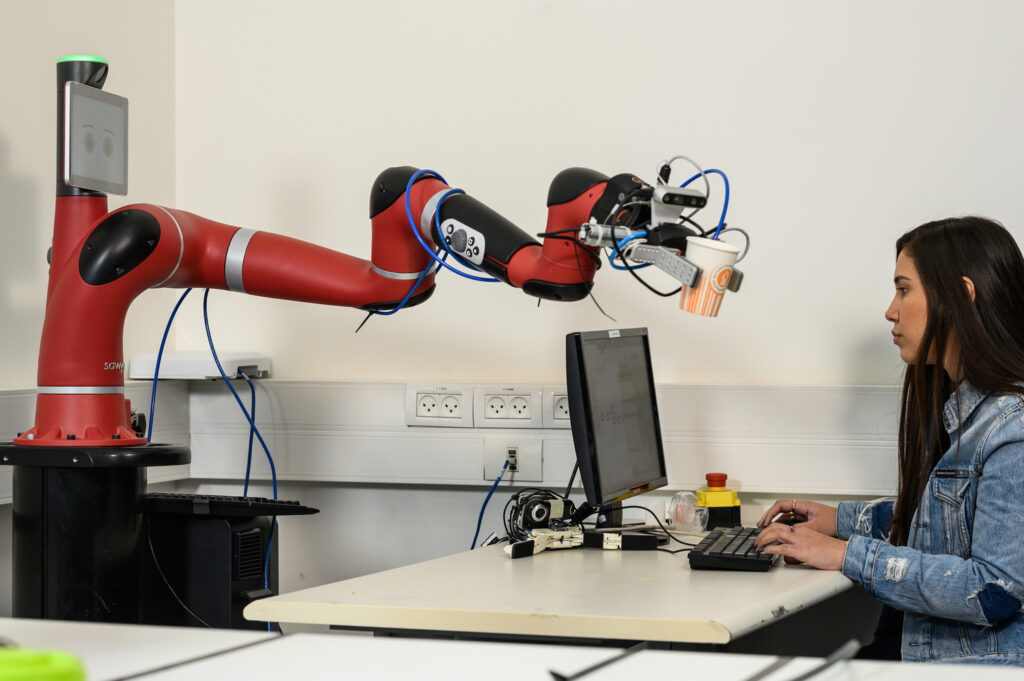
BGU Develops CSI Tool for Better Blood Analysis
BGU Develops CSI Tool for Better Blood Analysis
July 24, 2019
Nanotechnology, Robotics & High-Tech
The Times of Israel – At crime scenes, forensic analysts work alongside investigators to collect evidence and analyze it for chemical, biological and physical markers, such as DNA.
Now, researchers at the Beer-Sheva-based Ben-Gurion University of the Negev say they have found a way to do the job better with a device they developed made up of luminol — a chemical substance used by criminologists to detect blood and proteins — and nanosized particles of gold or silver, which amplify the emission of light when blood spots are detected.
Luminol reacts with microscopic bits of biological residue invisible to the naked eye, which then emit light, revealing their presence.
But luminol is not a very good emitter of light, so the BGU researchers set out to find ways to enhance its ability to emit light.
Putting luminol in one syringe and gold and silver particles in another, they created a tube-like device that is fed by both syringes on their sides.
When forensic analysts suspect there may be blood at a certain location, they place a sample on the edge of the tube. The mixture absorbs the light emitted from the luminol and then re-emits it, with a stronger light, that makes it easier to see, says BGU Prof. Alina Karabchevsky, head of BGU’s Light-on-a-Chip Group and a member of the BGU Unit of Electro-Optical Engineering and the Ilse Katz Institute for Nanoscale Science and Technology.
The device invented by Prof. Karabchevsky and her team not only increases the chemiluminescent intensity severalfold but also prolongs the glow time of luminol, enabling the detection of much smaller blood samples at a forensic scene, the researchers said in a statement.
“Our findings open the door to new integrated microfluidic chips,” says Prof. Karabchevsky. “Practical implementation of this discovered effect will include further superior chemiluminescence-based sensors for forensic science, research in biology and chemistry, and no-source opto-chemical lasers.”
“Identifying trace quantities of blood can increase the efficiency and accuracy of a forensic investigation of a crime scene but requires more sensitive detectors than those that are currently available,” says Netta Cohen, chief executive officer of BGN Technologies. “We are looking for partners to further develop this promising patented invention.”




